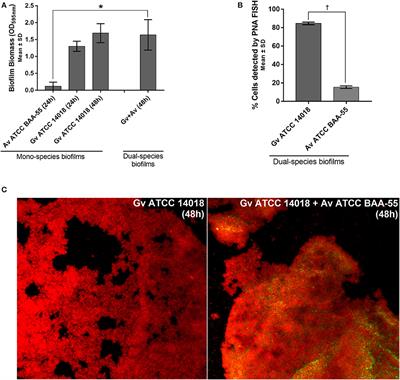REVIEW
Published on 11 Aug 2020
Bacterial Vaginosis: Current Diagnostic Avenues and Future Opportunities

doi 10.3389/fcimb.2020.00354
- 31,152 views
- 115 citations
32k
Total downloads
229k
Total views and downloads
Select the journal/section where you want your idea to be submitted:
REVIEW
Published on 11 Aug 2020

ORIGINAL RESEARCH
Published on 25 Jun 2020

ORIGINAL RESEARCH
Published on 23 Jun 2020

ORIGINAL RESEARCH
Published on 19 Jun 2020

MINI REVIEW
Published on 08 May 2020
REVIEW
Published on 24 Apr 2020

ORIGINAL RESEARCH
Published on 15 Apr 2020

ORIGINAL RESEARCH
Published on 31 Mar 2020

ORIGINAL RESEARCH
Published on 10 Mar 2020

BRIEF RESEARCH REPORT
Published on 04 Mar 2020

ORIGINAL RESEARCH
Published on 28 Feb 2020

REVIEW
Published on 10 Jan 2020


Frontiers in Microbiology